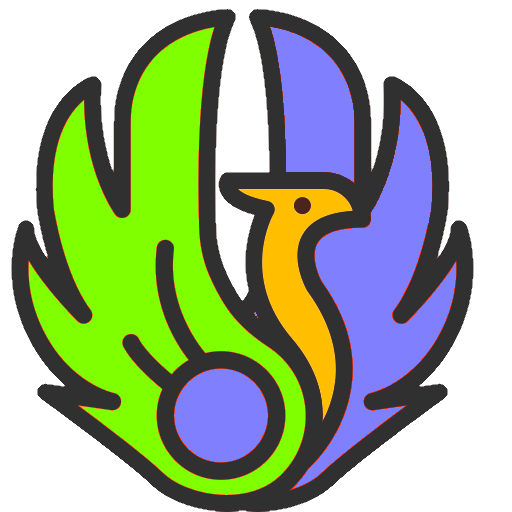Let’s see what does Docker mean for us today?
Today’s Docker#
Docker used to be proprietary technology. But it has increasingly embrace open standard, called OCI. This openness has paved tha way for more tools created in Docker space, as long as the tools are adhere to the OCI standard.
With OCI standardization, the original Docker engine is now replaceable.
Let’s quickly learn the basic architecture of Docker.
Architecture#
Docker has 3 primary components.
- Docker client
- Docker daemon
- Docker registry
Docker client is the primary interface for interacting with Docker.
It communicates with the Docker daemon to manage Docker objects (within), including images and runtime containers.
The second component is Docker daemon.
It resides in a system called Docker host, that running the Docker software.
It is the core engine that manages the container operations (build, run, stop) and images stored at registries.
Note that, the Docker daemon can utilize the OCI compliant run-times, like cri-o and LXC, for running containers.
The third compoenent is Docker registry.
The most commonly used is Docker registry called Docker Hub.
Docker Hub stores and distributes container images.
graph TD;
D1{{Docker CLI}}
D2{{Docker Daemon}}
D3{{Docker Registry}}
D21([Containers])
D22([Images])
D31([docker hub])
subgraph Arch[ ]
subgraph aa[Docker Architecture]
end
D1 -->|REST API| g2;
D2 -->|manage| D22;
D2 -->|build, run, manage| D21;
D22 -->|push/upload| D31;
D31 -->|pull/download| D22;
subgraph g1[Docker Client]
D1
end
subgraph g2[Docker Host]
D2
D21
D22
end
subgraph g3[Docker Registry]
D3
D31
end
end
linkStyle default stroke: #8080FF
classDef title font-size:28px,color:#000000,fill:#FFBF00
classDef subtitle font-size:14px,color:#8080FF,fill:#FFBF00
class g1,g2,g3 subtitle
class Arch title
class aa title
Open Container Initiative (OCI)#
OCI standardize container runtime, image, distribution. It is an open standard to ensure the container ecosystem remains open and not tied to a single vendor.
graph TD;
P0[ OCI Standard ]
C1{{runtime-spec}}
C2{{image-spec}}
C3{{distribution-spec}}
P0 --> C1;
P0 --> C2;
P0 --> C3;
subgraph main[OCI]
P0
C1
C2
C3
end
linkStyle default stroke: #8080FF
classDef main font-size:28px,color:#FFBF00,fill:#FFBF00
class main main
Docker Vs OCI#
Docker has popularized several key concept in containerization:
- Standardize image format.
- Streamline the building of container images.
- Enabling the sharing of images through Registries.
- Facilitate the actual running of containers.
With OCI standardizing container technologies, new tools are built to deliver speed and efficiency.
Alternatives to Docker Components#
Here are some alternatives to standard Docker components.
| Docker | Alternatives |
|---|---|
| Docker Client | docker cli Podman |
| Docker Daemon | docker runtime LXC containerD BuildKit ZeroVM |
| Docker Registry | docker hub Amazon Elastic Container Azure Container Registry Google Container Registry Sandboxie Red Hat Quay Harbor ZooKeeper |
